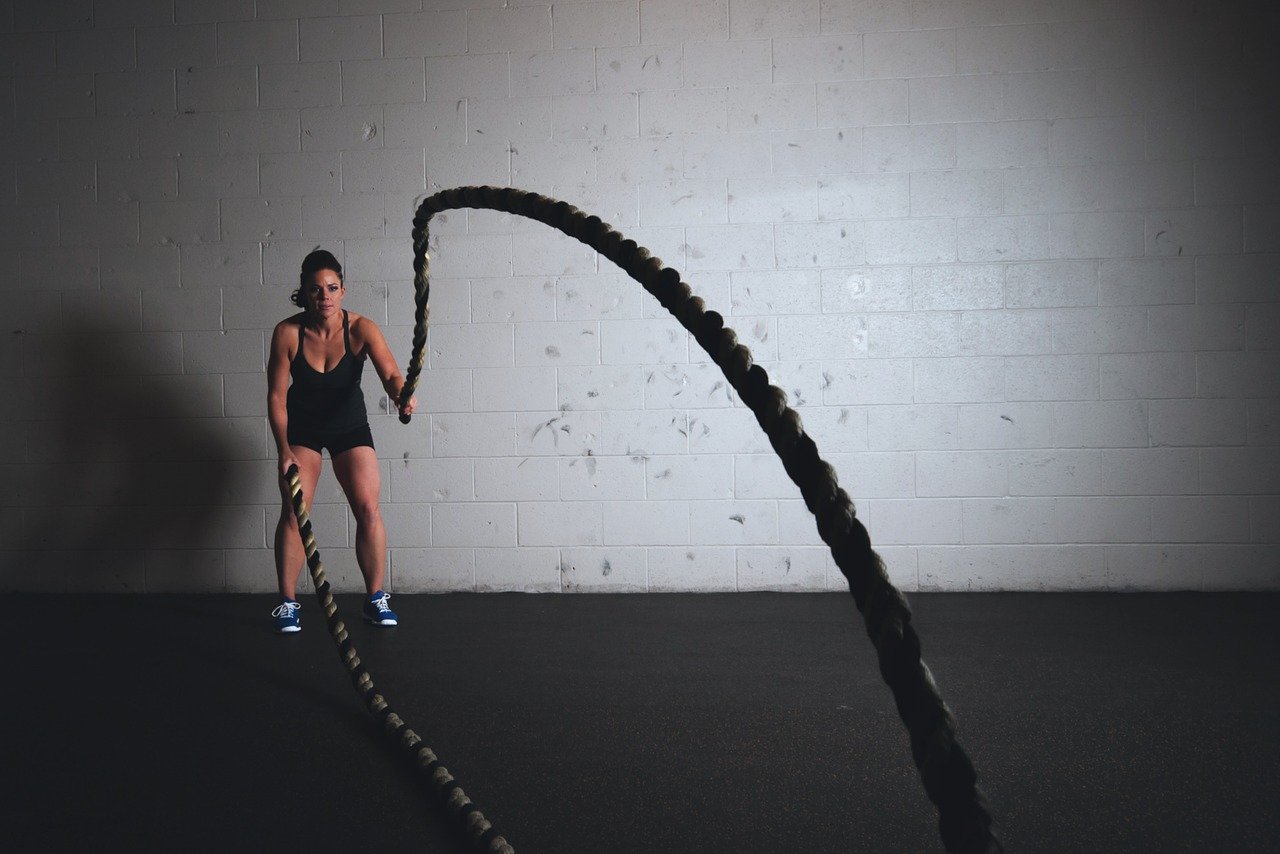When younger we can flex a major muscle on our body and notice that the muscle is firm and strong. A flexed arm is a fair representation of around 10% of our muscle mass when we are pre-adolescents - however, as we age we begin to notice that the mass diminishes until what remains is mostly skin and fat. For most men, the reality is that after the age of 50 muscle mass decreases by around 1% with each passing year. After 60 that loss will double as each year passes. But it is not inevitable - we can arrest that loss.
Many people think of strength training as something like personal training that is the focus of bodybuilders alone - and that it is all about lifting weights in a gym. But the truth of the matter is that strength training can benefit people irrespective of their age. It is tremendously helpful in maintaining heart health, improving balance, and building bone density. Strength training is also beneficial to our self-image, we look better, feel better, and have a positive outlook on life. Strength training is not just for those who live their life in the gym, or want to engage in competitive bodybuilding. Strength training can be of benefit to everyone - the rewards are innumerable.
Strength Training Improves Bone Density
As we age our bones begin to become more brittle due to a loss in density. This process can be slowed or even arrested by engaging in strength training as part of a structured fitness regimen. This will help prevent breaks and fractures. Strengthening the spine can also help people who suffer from posture issues like rounded shoulders and even the so-called Dowagers Hump.
Improves Self-Image
Henry Rollins once said that he had never met a truly strong person who lacked self-respect.
The key to building self-respect and inner confidence is to set attainable goals - but to push yourself out of your comfort zone - and then consistently strive to meet these goals no matter how far out of reach they may seem. In a nutshell that is what strength training is all about. We all begin the journey as weaklings - but by setting goals that may seem out of reach and diligently working towards them we can achieve the seemingly impossible. At the conclusion of that journey, many will look back in disbelief at how far they have come.
Enjoy a Wardrobe Upgrade
Strength training delivers many rewards. As you progress towards your goals you will begin to fill out, clothes that once hung limply will fit and look better on you. Your jeans will last years instead of being swapped out as your body changes - and the result will be an improved self-image and elevated self-confidence.
People who focus on strength training recognise that once you start seeing these results you will simply not want to stop.
Your Metabolism Increases
Recent research indicates that men who engage in strength training twice a week for 18 weeks will be burning around 9% more calories than those who do not lift. Given these figures, the average man could lose up to 25 pounds each year, without wholesale changes to his diet. Those who believe that weight loss can only be achieved through rigorous cardio-focused exercise are mistaken - strength training increases levels of testosterone which boosts the metabolism and burns fat.
Rewards for Hard Work and discipline
There is an old saying; 'nothing comes easy - it requires hard work, sacrifice, and pain'.
Discipline leads us to form habits. And habit is our ally when it comes to being exceptional at any one thing. Combine that discipline with hard work and the ability to prioritize and habits are reinforced. When strength training becomes a part of your daily routine for long enough you will quickly realize that cultivating a disciplined approach is key to achieving any life goal.
Lifting weights provides the focus for a disciplined approach to any challenge - and it shows the value of prioritization.
Strength and Fitness
Belabouring the Obvious: Strength training makes you stronger. It tones and grows the muscles by forcing them to contract against an opposing force.
There are two forms of resistance training:
The first is Isometric Resistance. This involves contracting your muscles against an immovable object, a good example being the push-up, with the floor being that immovable object.
